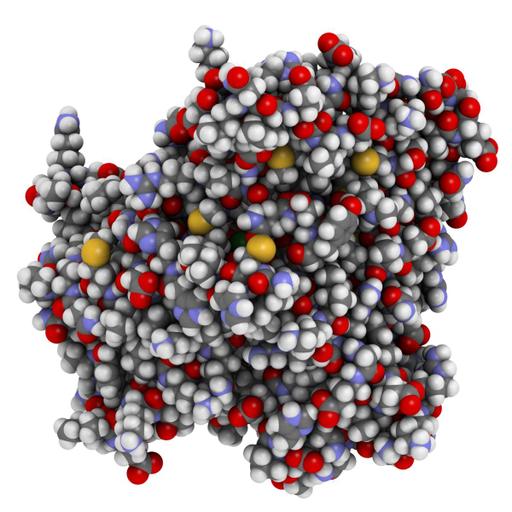Mechanism of Enzyme Action
Presentations | English
What is the Mechanism of Enzyme Action? An enzyme is a type of protein found within a cell. Enzymes create chemical reactions in the body. They speed up the rate of a chemical reaction to help support life. An enzyme attracts substrates to its active site, catalyzes the chemical reaction by which products are formed, and then allows the products to dissociate (separate from the enzyme surface). The combination formed by an enzyme and its substrates is called the enzyme-substrate complex. When two substrates and one enzyme are involved, the complex is called a ternary complex; one substrate and one enzyme are called a binary complex. The substrates are attracted to the active site by electrostatic and hydrophobic forces, which are called noncovalent bonds because they are physical attractions and not chemical bonds. Four Steps of Enzyme Action: The enzyme and the substrate are in the same area. Some situations have more than one substrate molecule that the enzyme will change; The enzyme grabs onto the substrate at a special area called the active site; A process called catalysis happens, and then The enzyme releases the product.

Free
PPTX (17 Slides)
Mechanism of Enzyme Action
Presentations | English
